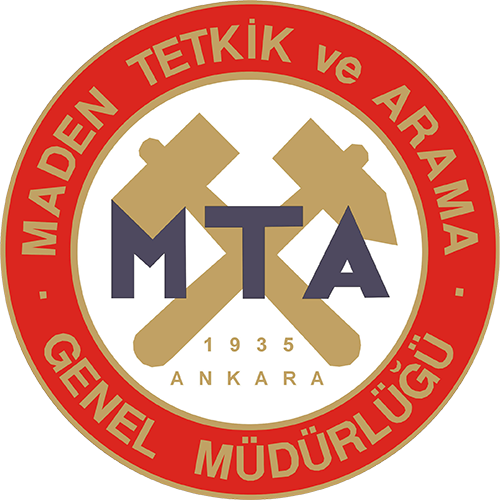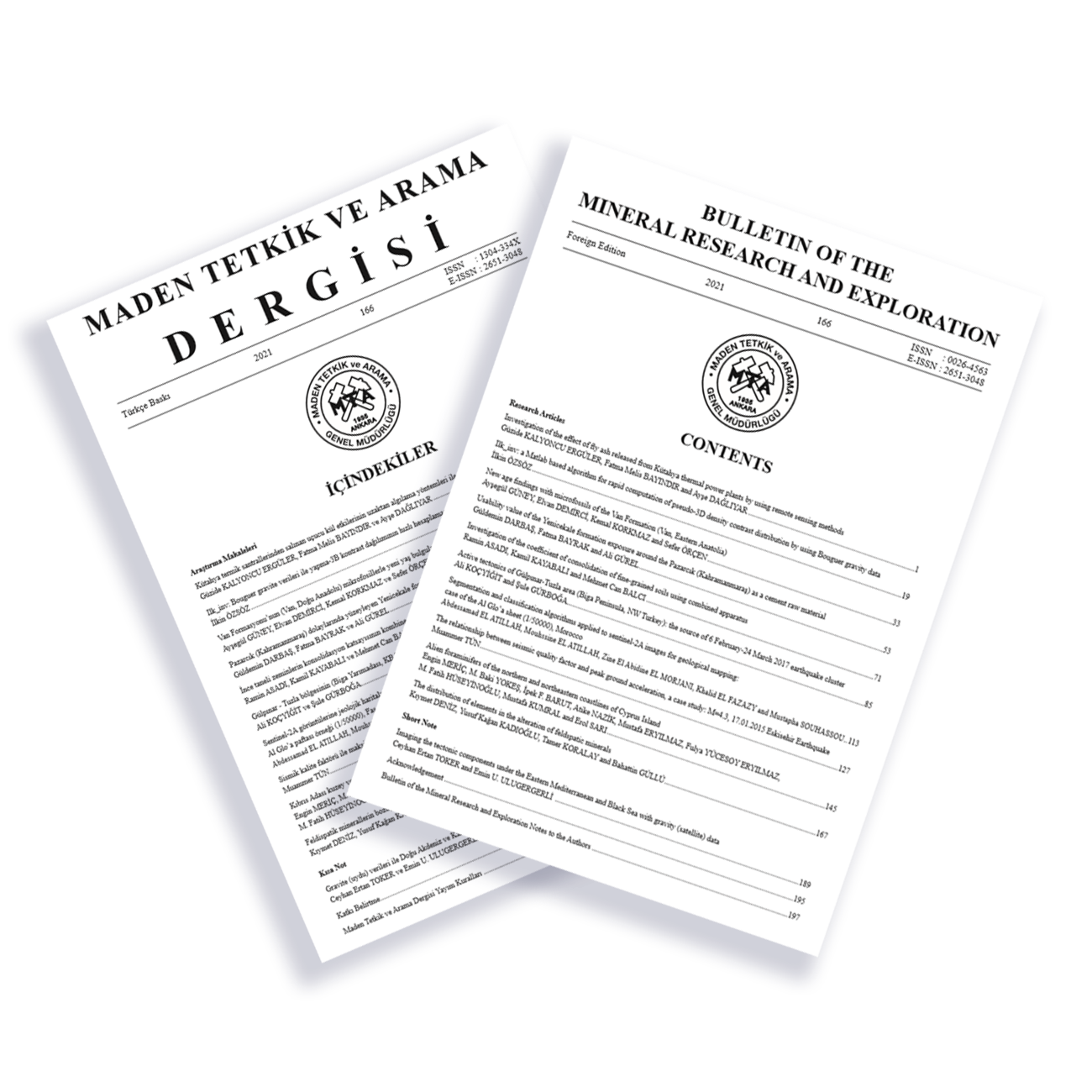Sedimentology and Miocene-Pliocene depositional evolution of the stream-dominated alluvial fan deposits at circum-Sultandağları region
Sultandağları çevresi akarsu-etkin alüvyon yelpazesi çökellerinin sedimantolojisi ve Miyosen-Pliyosen depolanma evrimi
Authors
Ayhan ILGAR, Ali ERGEN, Alper BOZKURT, Ercan TUNCAY
Keywords
Yalvaç Basin, Ilgın Basin, Braided River, Meandering River, Forced Regression.
Abstract
Yalvaç and Ilgın basins surrounding Sultandağları were opened due to the orogenic collapse in the early Miocene. The NW-SE trending Çakırçal and Akşehir fault zones, forming boundaries with these basins, caused both the opening of the basins and uplifting of Sultandağları. During the Miocene-Pliocene period, the alluvial fans fed from Sultandağları developed on the basin margins, while the lacustrine carbonate and clastic depositions formed in the basin’s interior. The
alluvial fan deposits are laterally and vertically transitional with lacustrine sediments and alternate several times in the sequence. The alluvial fans, widespread in the region, consist of debris flow, hyperconsantrated stream flood, braided river and meandering river deposits. Fan deposits that pass from high-energy fluvial facies at the basin margin to the low-energy fluvial facies towards the basin interior have been interpreted as stream-dominated alluvial fan deposits. The age data obtained from the fan deposits of the Yalvaç and the Ilgın basins show that Sultandağları concurrently feeds the
alluvial fans on both flanks. Alluvial fan deposition around Sultandağları formed under the control of tectonic and climatic processes. The tectonism led to the formation of basins and source areas. Simultaneously, the climate maintained the streams to be perennial by precipitation, thus proving a continuous sediment supply to the basins. Tectonism and climate-controlled base-level changes determined the quantity of sediments carried to the basin from the source area, causing regressive or transgressive developments.
Click for .pdf
Türkçe .pdf için tıklayınız

